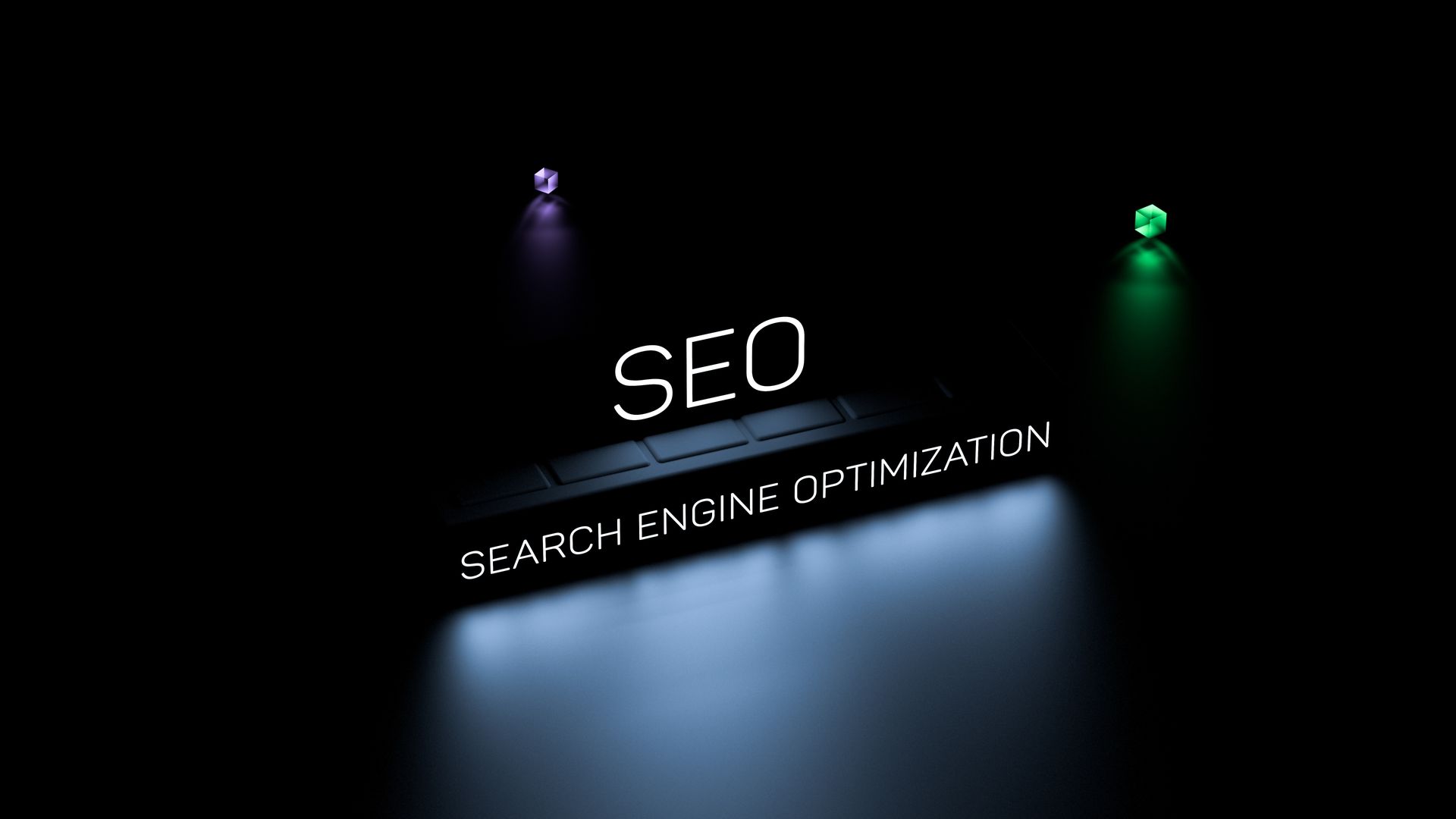Introduction: Why Technical SEO Matters More Than Ever
Search Engine Optimization (SEO) has evolved from focusing purely on keywords and backlinks to a more sophisticated blend of content, user experience, and technical performance. At the heart of it all lies Technical SEO, the foundation of every successful SEO strategy. Without strong technical infrastructure, even the best content and marketing campaigns might fall short of reaching their audience. In 2025 and beyond, as search engines emphasize site speed, mobile usability, security, and structured data, Technical SEO is no longer optional for businesses aiming to grow online. This guide explores essential technical SEO strategies, highlighting how agencies like Metanow implement them to build future-proof, SEO-ready websites.
What Is Technical SEO?
Technical SEO encompasses all backend optimizations that enhance a website’s crawlability, indexing, and interpretability by search engines. While content SEO focuses on user engagement, Technical SEO ensures search engines can access, interpret, and rank that content effectively.
Core Areas of Technical SEO:
- Site Architecture & Structure: How pages are organized and linked.
- Page Speed & Performance: How quickly content loads and becomes interactive.
- Mobile Optimization: Ensuring mobile usability and accessibility.
- Security Protocols (HTTPS): Safeguarding user data and establishing trust.
- Indexing & Crawlability: Ensuring important pages are discoverable and redundant ones are excluded.
When executed well, these elements not only boost search rankings but also improve user experiences, scalability, and content growth.

Key Technical SEO Strategies and Why They Matter
1. Optimizing Website Architecture
A clean, organized site structure is crucial for both search engine crawling and user experience.
- Logical Content Hierarchy: Group related content into organized topic silos.
- Breadcrumb Navigation: Improves usability and internal linking signals.
- Clean URL Structure: Short, descriptive URLs improve both SEO and user navigation.
- Internal Linking: Ensure important pages are no more than three clicks from the homepage.
Impact: A strong site structure enables efficient crawling, minimizes orphaned pages, and helps search engines understand contextual relevance.
2. Page Speed and Core Web Vitals
Page speed is a ranking factor that significantly impacts both SEO and conversion rates.
- Image Optimization: Use formats like WebP and implement lazy loading.
- Code Minification & Compression: Minify CSS, JavaScript, and HTML; enable GZIP or Brotli compression.
- Caching & CDNs: Use a Content Delivery Network to reduce latency and improve site stability.
Impact: A one-second delay in page load time can lead to a 7% drop in conversions. Faster websites result in higher rankings and a better user experience.
3. Mobile-First and Cross-Device Optimization
As mobile-first indexing becomes the norm, Google prioritizes mobile versions of sites for rankings.
- Responsive Design: Ensure your site adapts to all screen sizes.
- Mobile UX Testing: Test for user-friendly design and avoid intrusive pop-ups.
- Device-Specific Performance: Ensure mobile versions score well in Core Web Vitals.
Impact: Mobile-friendly websites see better rankings, reduced bounce rates, and more engagement, especially since mobile accounts for over 60% of global web usage.
4. HTTPS and Web Security Protocols
Security is critical for both user trust and SEO.
- SSL Certificates: Implement HTTPS across your entire site.
- Redirect Protocols: Ensure all HTTP traffic redirects to secure HTTPS endpoints.
- Mixed Content Fixes: Prevent browser warnings by ensuring all linked resources are served securely.
Impact: Secure websites enhance customer trust and avoid penalties for non-secure content.
5. Indexing and Crawlability
Search engines need to crawl and index content efficiently, without wasting time on duplicate or low-value pages.
- XML Sitemaps: Submit updated sitemaps via Google Search Console.
- Robots.txt Optimization: Block unnecessary pages while allowing essential content to be crawled.
- Canonical Tags: Manage duplicate content and consolidate ranking signals.
- Regular Crawl Audits: Identify and fix broken links or crawl errors.
Impact: Ensures that your most valuable pages get indexed and prioritized, improving your overall SEO performance.
6. Structured Data and Schema Markup
Structured data helps search engines understand your content better, enriching search result displays.
- Schema.org Markup: Add structured data for products, reviews, events, FAQs, and articles.
- JSON-LD Format: Preferred by Google for its simplicity and reliability.
- Rich Snippets: Features like review stars or product availability can appear in search results.
Impact: Structured data increases your chances of appearing in enhanced search results (like rich snippets), driving higher click-through rates and visibility.

How Metanow Implements Technical SEO Best Practices
At Metanow, technical SEO is embedded into every website we build and optimize.
- Comprehensive Audits: We identify crawl issues, broken links, duplicate content, and Core Web Vitals gaps before they impact rankings.
- Performance Optimization: We optimize every site for fast load times and consistent performance.
- Mobile-First Approach: All designs are mobile-optimized from the start.
- Schema Implementation: We use structured data to boost visibility in search results.
- Ongoing Monitoring: Using tools like Google Search Console, PageSpeed Insights, and advanced analytics, we monitor and resolve technical issues proactively.
Measuring Technical SEO Success
To measure the impact of technical SEO, track key metrics such as:
- Crawl Errors & Indexing Status: Monitor via Google Search Console.
- Core Web Vitals: Regularly track page load times, interactivity, and visual stability.
- Mobile Usability: Address mobile-specific issues promptly.
- Organic Traffic & Rankings: Correlate technical improvements with keyword performance and conversions.
Conclusion: Technical SEO as the Growth Catalyst
Technical SEO is not a one-time fix; it’s an ongoing commitment to keeping your site’s performance, structure, and discoverability in top shape. It’s the backbone of successful SEO campaigns, enabling content and link-building strategies to truly shine. Businesses that prioritize technical SEO early on set themselves up for long-term success, faster indexing, better rankings, and improved user experience. Whether you’re starting a new website or auditing an existing one, investing in solid technical SEO is the first step toward sustainable digital growth.
Technical SEO Techniques and Strategies: The Backbone of Effective Online Growth